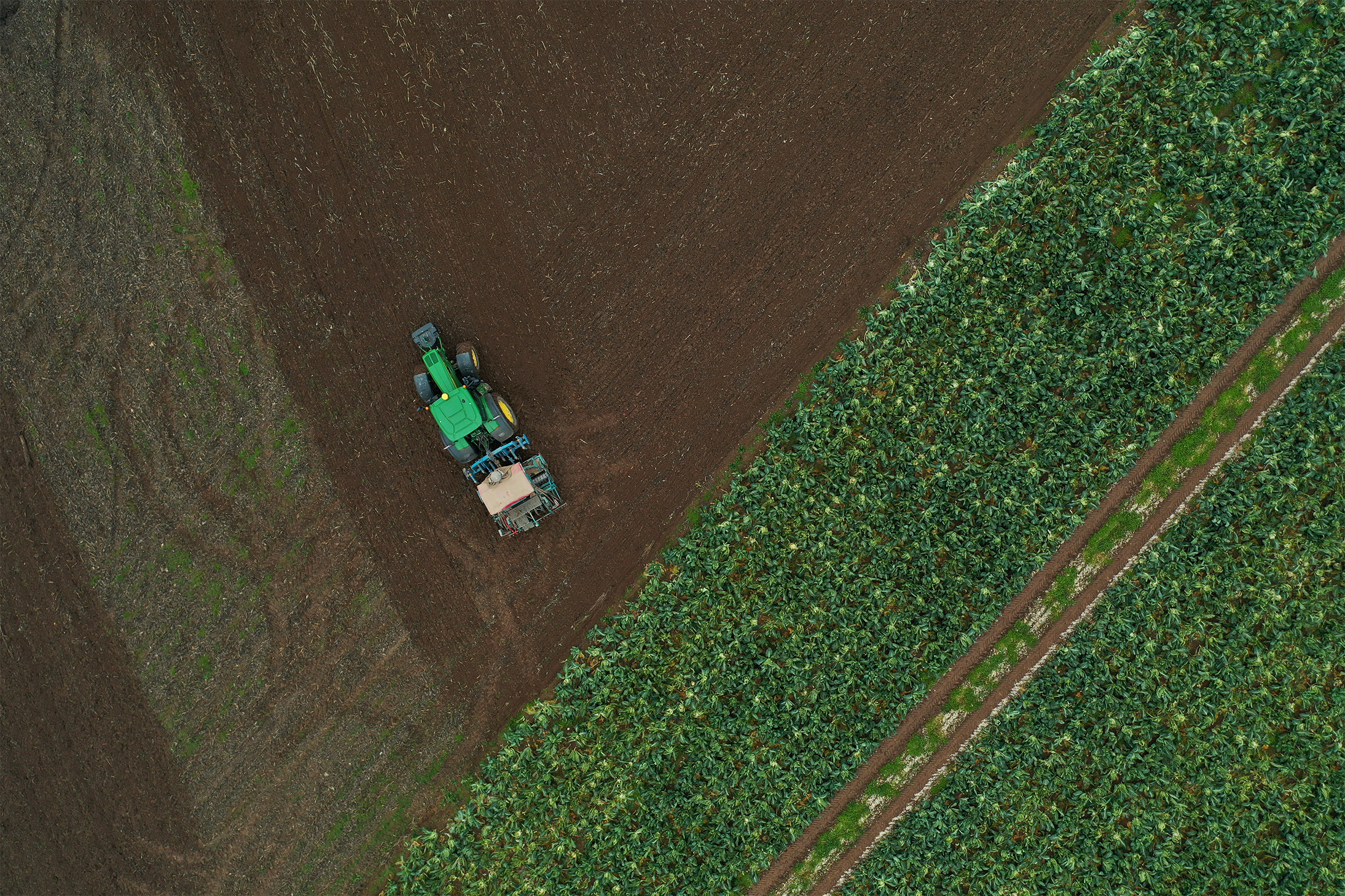
The 6 Levels of Autonomy in Agricultural Machinery
When people think of autonomous vehicles, they often picture self-driving cars navigating city streets....
TAIL is a diagnostic tool that automatically detects when a pig bites the tail of a fellow pig.
Book a demo
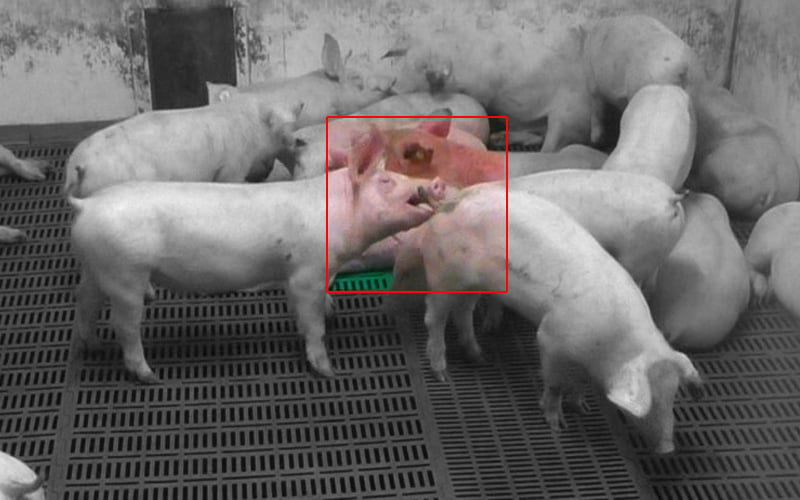
The cutting of tails at the birth of piglets is prohibited as a routine practice but is still tolerated ( under veterinary advice) by European regulations.
This practice is tending to disappear, driven by a society that is increasingly concerned about animal welfare.
👉 You are a veterinarian, a technician, a breeder, and you are looking for a simple and quick tool to help you accompany changes in practice.
Good news! TAIL has been developed especially for you! 🤩
TAIL detects caudophagy instead of the veterinarian or technician, in a non-intrusive way.
👉 TAIL combines a removable video camera, placed in a collective pen of post-weaning and fattening pigs, with an Artificial Intelligence and Computer Vision Cloud application that autonomously detects tail biting behaviour.
Click on the video to enlarge it
When the analysis of animal behaviour is done manually, it means hours of video for technicians and veterinarians to watch.
This approach to observing animals is not widely used, as it involves many constraints:
Once the videos are transmitted to our cloud analysis platform, the events searched for are automatically detected by the Artificial Intelligence algorithms and returned to the user in the form of statistics.
The process only takes 5 minutes for a vet!
A veterinarian would take an average of 3 hours to analyse 1 hour of video. On the Dilepix Cloud, the analysis takes less than 1 hour and the process takes only 5 minutes for the veterinarian (file deposit time) because he/she can continue his/her activities while the platform analyses the video for him/her.
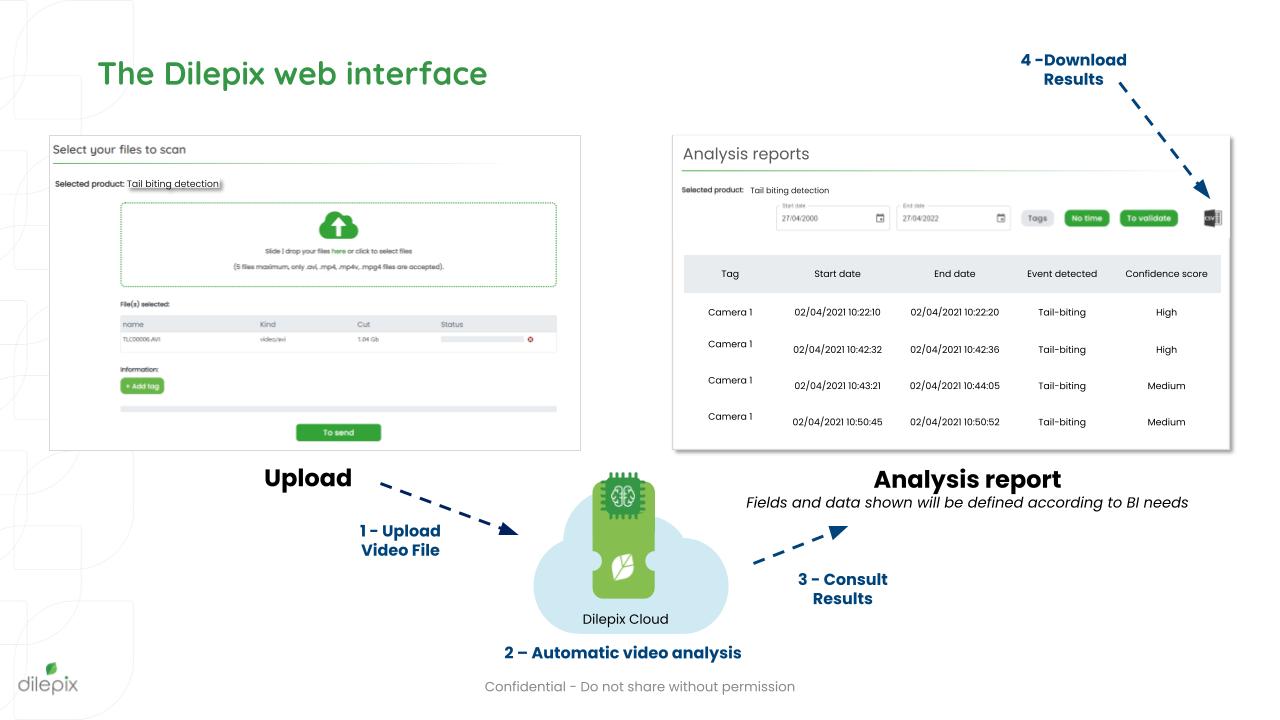
TAIL helps the pig industry to support changes in practices and move towards greater animal welfare
To develop this tool, we relied on nearly 700 videos from farms with tail biting problems. To design and train the detection neural networks, Dilepix analysed the equivalent of 230 hours of video.
To develop TAIL, we created a new type of neural network that analyses behaviour over time, taking into account the context before and after an event.
This technique significantly improves performance and avoids false positives.
Mathieu SIMON - Production Manager
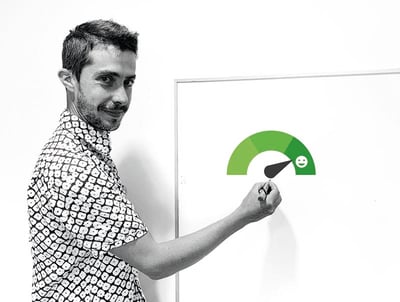
Left screen: image classifications (frame by frame analysis) - Right screen: video classifications (temporal analysis)
Once the videos are transmitted to the Dilepix web platform, the analysis results are delivered to the user within minutes.
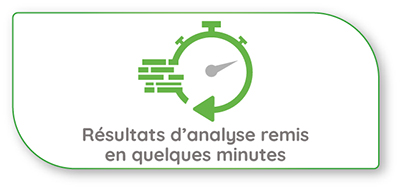
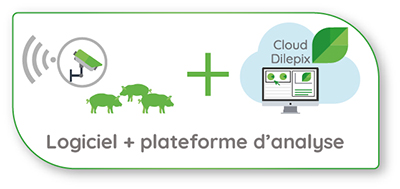
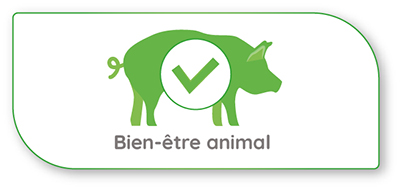
Our objective is that TAIL becomes THE TOOL that helps breeders, veterinary practices, laboratories and cooperatives to support the cessation of tail docking.
To deploy this tool on a large scale and make it compatible with a maximum number of farms, we are looking for an industrial partner with expertise in pig production or breeding.
This collaboration will make it possible to act on 4 drivers:
Detecting tail biting in pigs
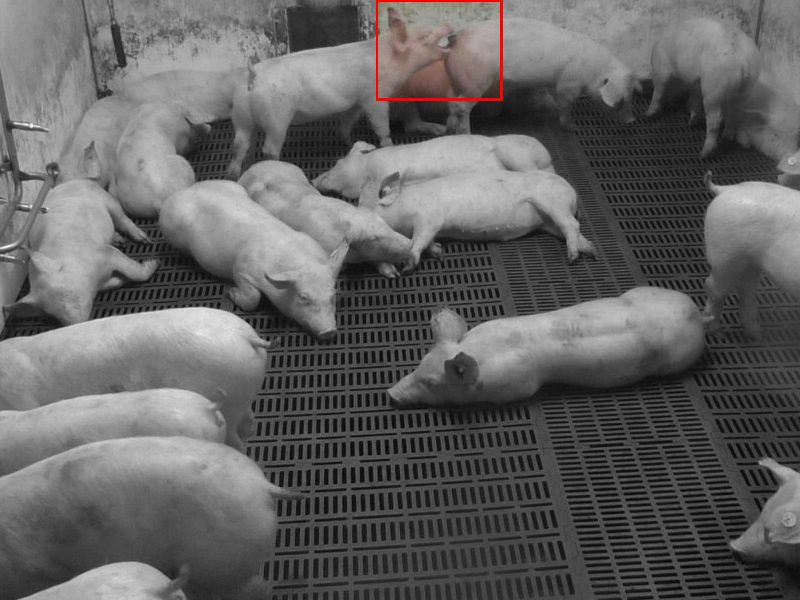

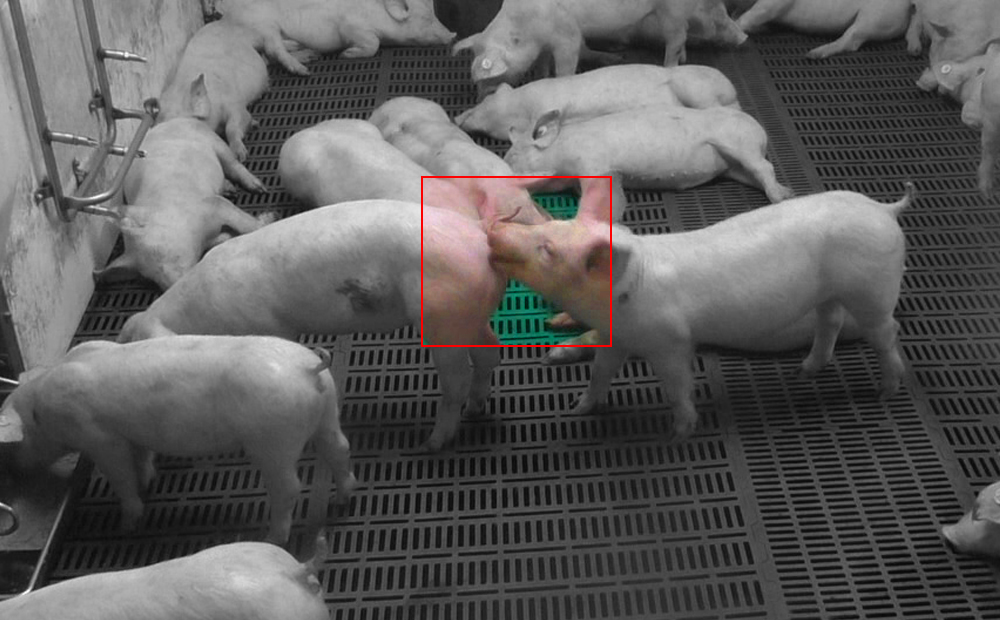

A true partner relationship
"We worked with Dilepix in the SYNAPSE project. The great strength of the team is it honesty in always giving the limits of the capabilities for each development step and never overselling the results. Constant efforts are made to ensure that the objectives are realistic, achievable and constructive. We were really in a co-construction process and we are very satisfied with this collaboration".
Frédéric DIMUR - Digital Open Innovation Director - Boehringer Ingelheim
The results are returned to you on our cloud analysis platform in the form of raw data (time-stamped bite sequences), which can be downloaded in CSV format or interrogated directly via our API.
You need one camera per box

When people think of autonomous vehicles, they often picture self-driving cars navigating city streets....
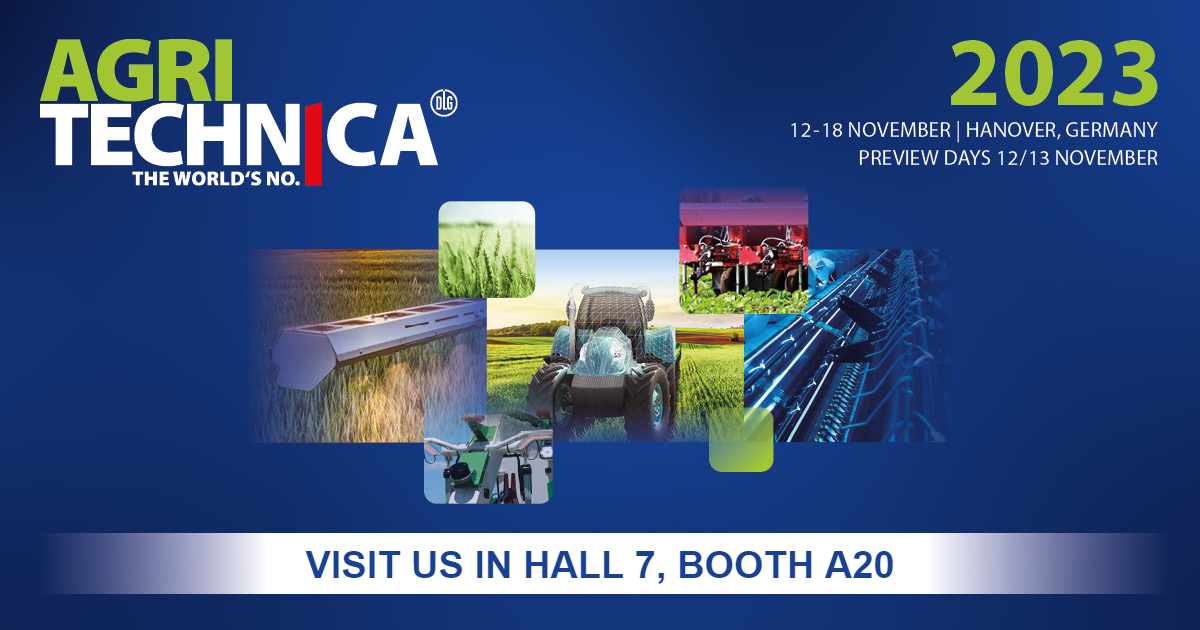
Join us on our booth A20 in Hall 7 from November 11th to 18th, 2023 at the forefront of agricultural...

Created in 2017, LFDay is the first event dedicated to agricultural and food innovation in France!
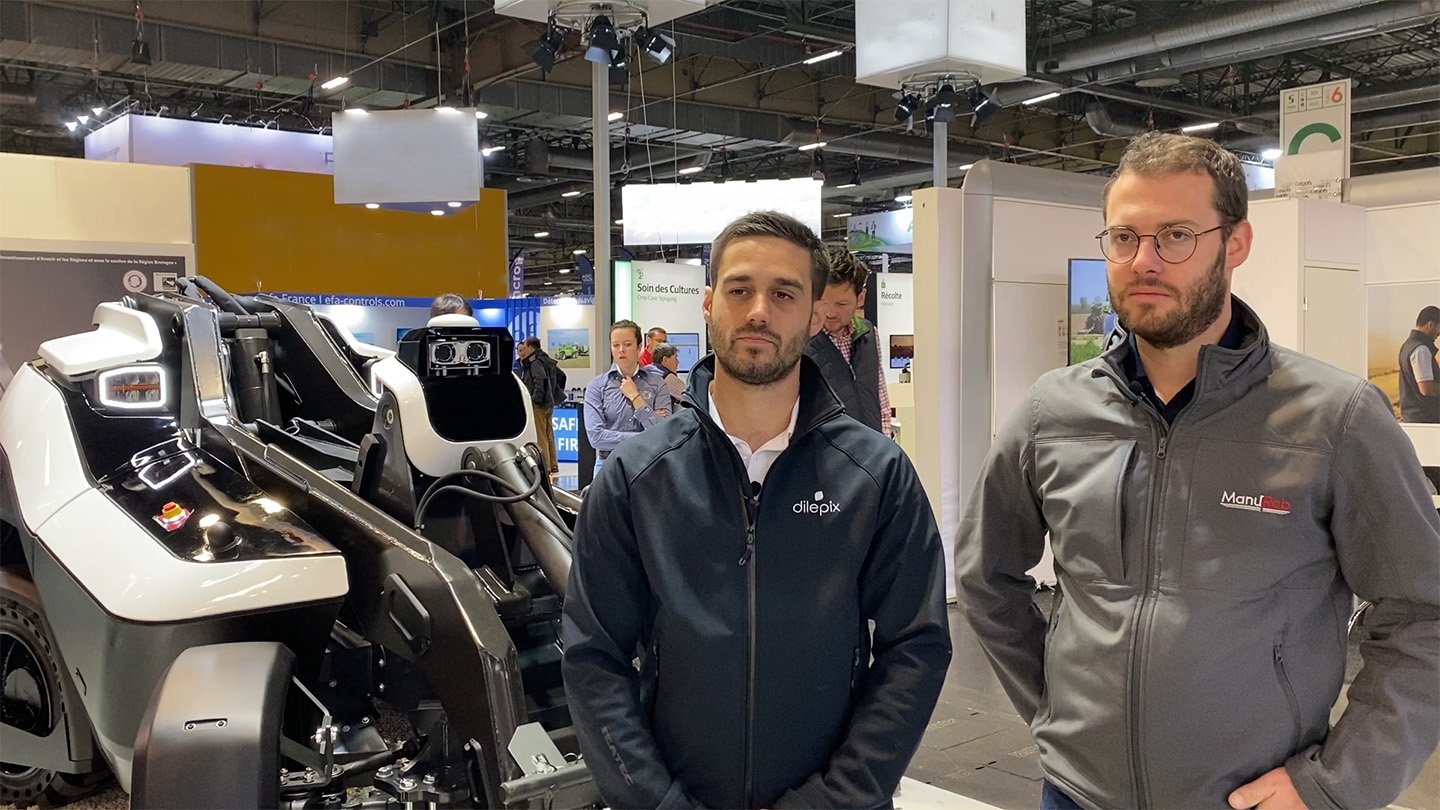
LOADIX, the autonomous, multi-tool, electric machine designed by ManuRob (M-extend Group) is a "farm valet"...
Newsletter subscription
By subscribing to our free newsletter, you will benefit from :